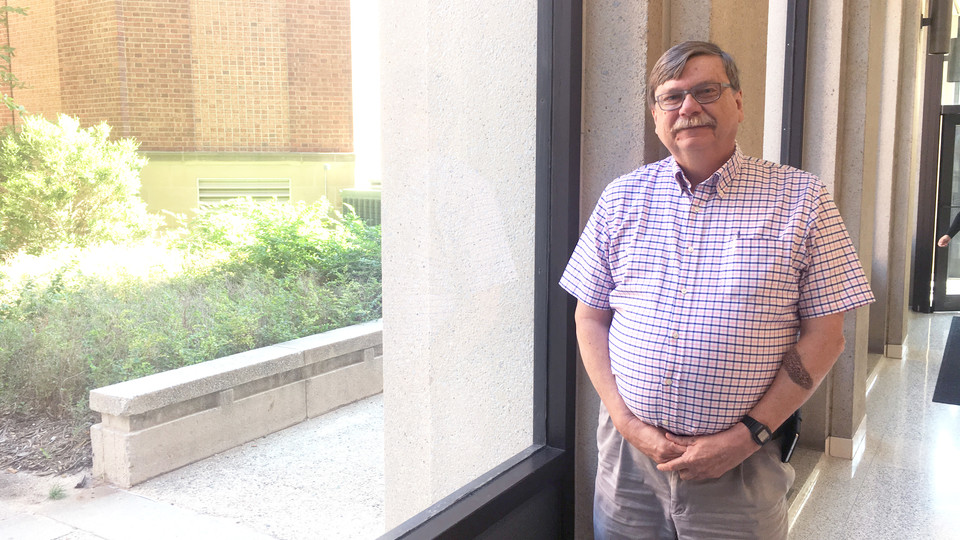· 3 min read
Osterman highlights teaching excellence in 35-year career

While he has trouble pinpointing what has changed the most in his 35 years at Nebraska, John Osterman is quick to name something that’s remained the same.
That’s because the commitment to teaching excellence at the University of Nebraska–Lincoln’s School of Biological Sciences is unwavering.
“It’s an attribute of the School of Biological Sciences,” said the tenure associate professor of biological sciences and associate dean of academic programs in the College of Arts and Sciences. “While we’ve become more research-oriented, there’s been a continued strong commitment to instruction.”
Osterman is one of more than 1,000 employees who will be honored at the Celebration of Service Sept. 25.
Instruction has continuously evolved to best serve the students, and Osterman has been part of that evolution.
He was instrumental in the development of the life sciences curriculum at Nebraska. As co-chair of the committee with Tiffany Heng-Moss, interim dean of the College of Natural Resources, he worked with the group to revise and re-organize the undergraduate curriculum to be sequential and foundational for whatever direction a student chose to go. The new curriculum launched five years ago.
“It really helps the students because they come in, take these courses and no matter their major in life sciences, they have the foundation they need,” Osterman said. “Even if they decided to change their major, they won’t have to start over or feel like they took unneeded courses.”
He’s proud of the university and school’s work in discipline-based education research, which has produced much new information and literature on the best ways to teach science.
“We have developed a strong reputation for this,” Osterman said. “It’s brought applicants for positions because of our reputation, particularly for discipline-based education research.”
Maintaining that commitment to instruction is one of the reasons he is now the Associate Dean for Academic Programs in the College of Arts and Sciences. The associate professor of biology also served as interim director of the School of Biological Sciences and was vice director for the 10 years prior.
“When I stepped down (as interim director) in January, this position came open and I considered it because it impacts some things that I really care about, including undergraduate instruction,” Osterman said.
Looking back over his tenure, Osterman said he’s pretty sure he’s taught in nearly every building on campus, including some that no longer exist.
And he’s thankful for the hand up technology has given to teaching.
“When I first came here, you used a chalkboard, or if you were really sophisticated, you went to an overhead projector, and that brought the challenge of trying to balance that on a chair or a desk out in the lecture area,” Osterman said. “Now we have power points that are interactive, where I can write on the screen, and ask questions of the class. Everyone responds, rather than just one or two students who raise their hands. That has been a dramatic change.”







